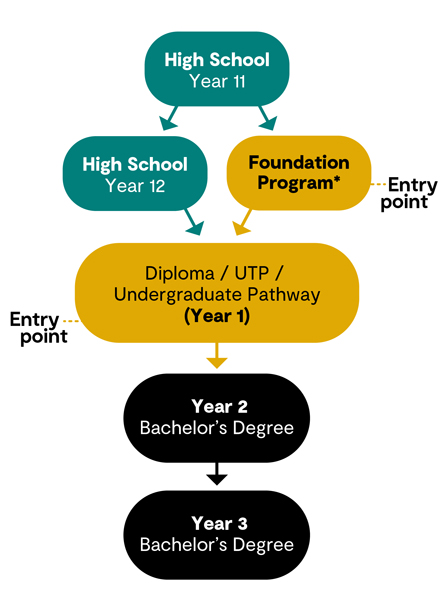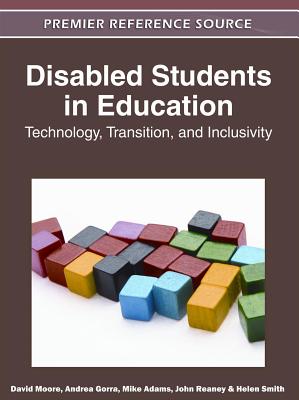Understanding the Benefits of Subsidized or Unsubsidized Loans for Your Education
Guide or Summary:What are Subsidized Loans?What are Unsubsidized Loans?Choosing Between Subsidized and Unsubsidized LoansWhen it comes to financing your edu……
Guide or Summary:
- What are Subsidized Loans?
- What are Unsubsidized Loans?
- Choosing Between Subsidized and Unsubsidized Loans
When it comes to financing your education, understanding the differences between subsidized and unsubsidized loans is crucial. These two types of federal student loans can significantly impact your financial future, so it's essential to make an informed decision. In this article, we will delve into the characteristics of subsidized and unsubsidized loans, their benefits, and how to choose the right option for your educational needs.
What are Subsidized Loans?
Subsidized loans are a type of federal student loan awarded based on financial need. The key advantage of subsidized loans is that the government pays the interest on the loan while you are in school at least half-time, during the grace period, and during any deferment periods. This can save you a substantial amount of money in interest over the life of the loan.

For example, if you borrow $5,000 at a 4.5% interest rate and take four years to graduate, the interest that accrues while you are in school could amount to nearly $900. However, with a subsidized loan, this amount would be covered by the government, allowing you to focus on your studies without the burden of accruing interest.
What are Unsubsidized Loans?
On the other hand, unsubsidized loans are available to all students regardless of financial need. While they provide the same borrowing limits as subsidized loans, the key difference lies in the interest payments. With unsubsidized loans, you are responsible for paying the interest from the moment the loan is disbursed. This means that if you choose not to pay the interest while in school, it will accrue and be added to your principal balance, increasing the total amount you will need to repay.
For instance, if you take out an unsubsidized loan for $5,000 at the same 4.5% interest rate, and you do not pay the interest while in school, by the time you graduate, your balance could increase by nearly $900, leading to a total repayment amount of $5,900.

Choosing Between Subsidized and Unsubsidized Loans
When deciding between subsidized and unsubsidized loans, consider your financial situation and educational goals. If you demonstrate financial need and qualify for subsidized loans, they are often the better option due to the interest benefits. This can help reduce your overall debt burden after graduation.
However, if you do not qualify for subsidized loans, unsubsidized loans can still be a valuable resource. They can help you cover the cost of tuition and other educational expenses, but it’s essential to be proactive about managing the interest. If possible, make interest payments while you are in school to avoid capitalizing the interest.
In summary, both subsidized and unsubsidized loans have their advantages and drawbacks. Understanding the differences between the two can help you make an informed decision that aligns with your financial situation and educational goals. Always consider applying for federal financial aid to explore your options, and remember to weigh the long-term implications of your loan choices. By making the right decisions now, you can pave the way for a successful financial future while pursuing your educational aspirations.
